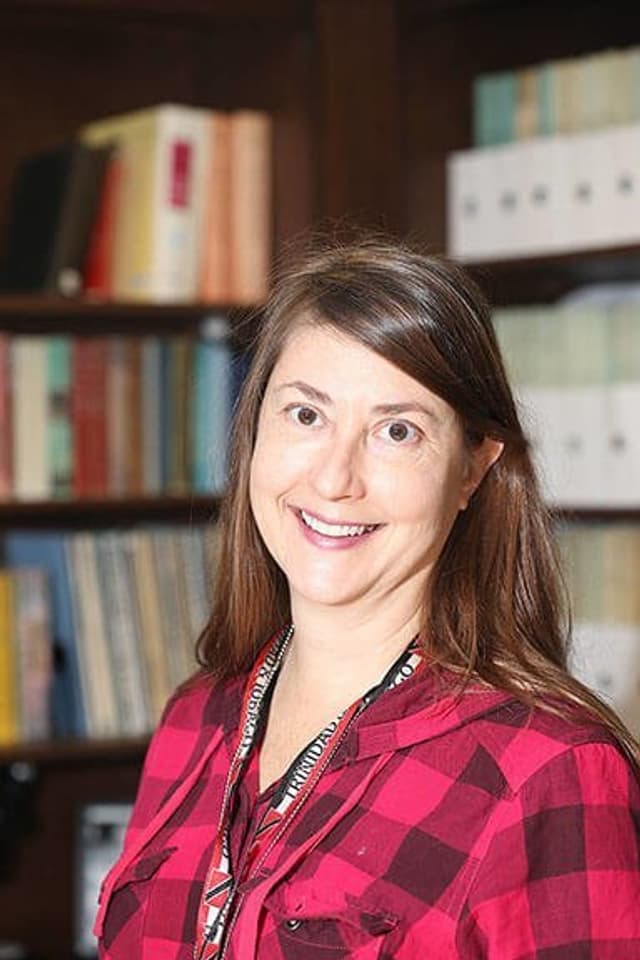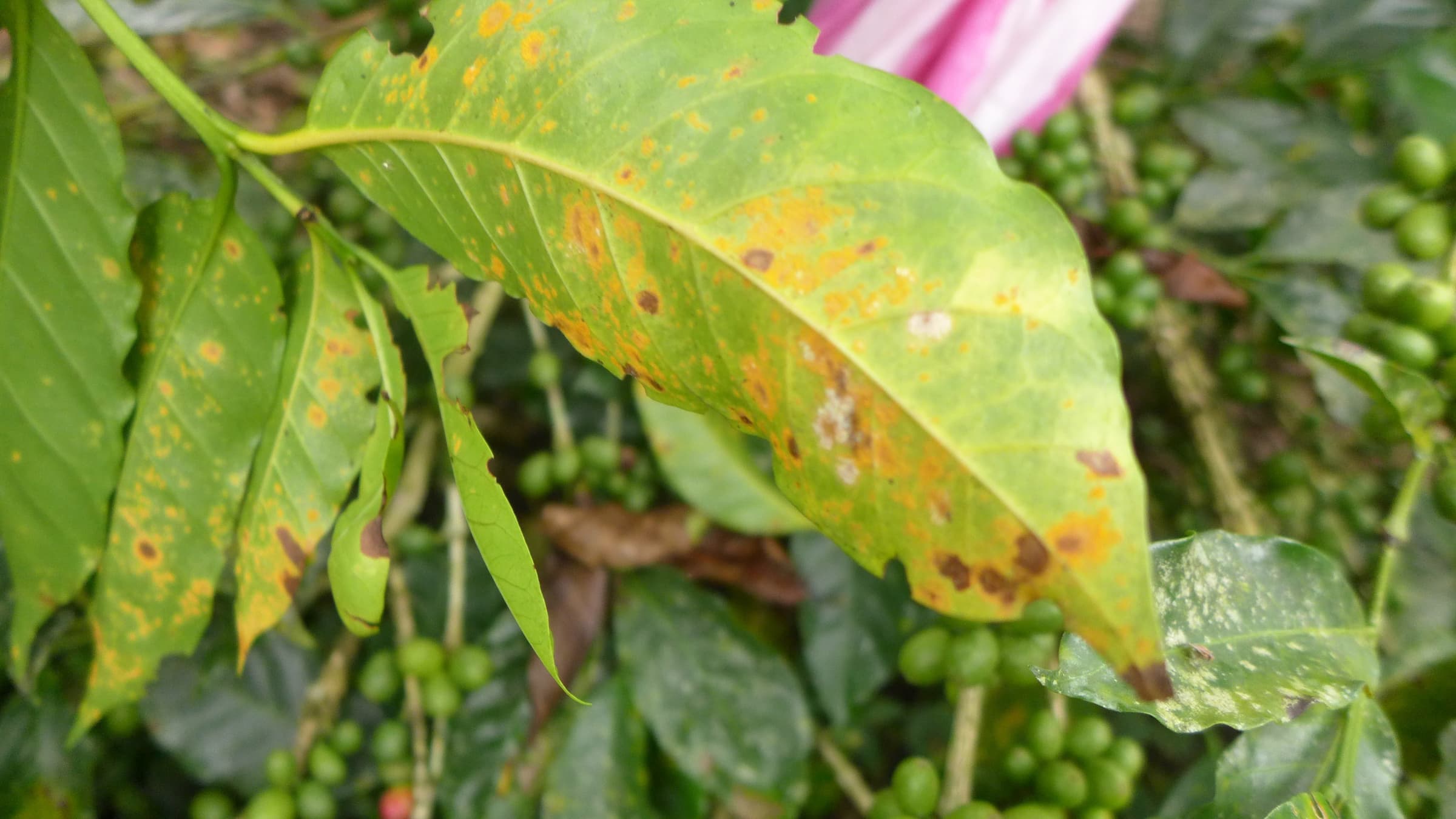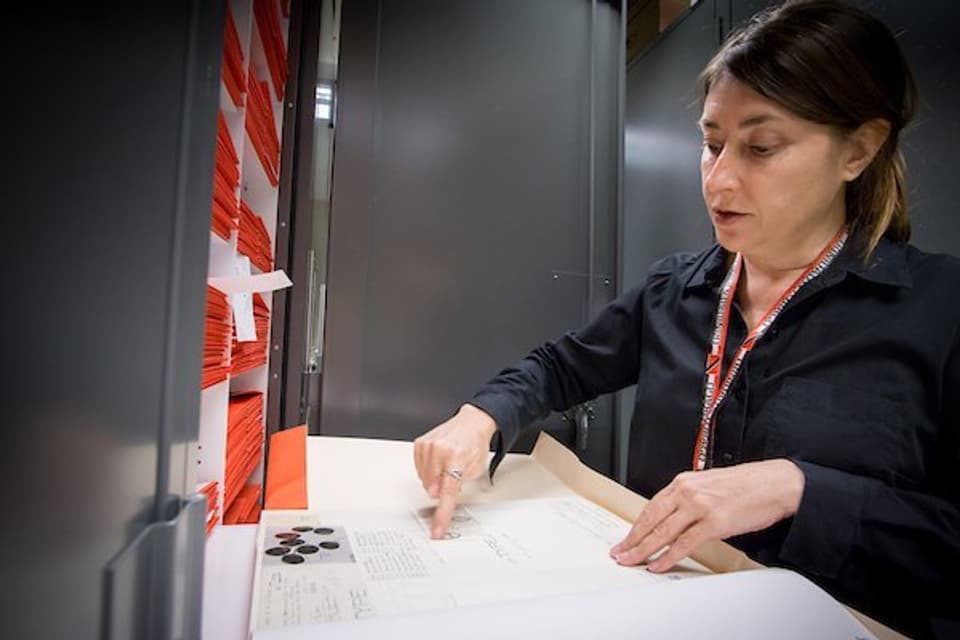Get to Know Dr. Cathie Aime, a Leading Researcher of Coffee Leaf Rust
Through a grant facilitated by WCR, Purdue University has embarked on a research project to better understand the coffee leaf rust disease so that the coffee industry is more equipped to fight it.
The coffee leaf rust epidemic has been one of the most pressing challenges facing coffee in recent years. The disease has wreaked havoc on coffee production, particularly in Latin America, since an outbreak in 2012; many farms lost 50 to 80 percent of their production, and the epidemic forced 1.7 million people out of work and drove human migration.
While the coffee industry has united to help farmers fight the disease—including through the use of improved coffee varieties such as F1 hybrids —the industry is also getting help from academic partners. One prominent academic figure helping the fight against rust is Dr. Cathie Aime, a mycologist at Purdue University, who broadly studies the systematics of rust fungi. She is one of the few scientists in the world—and the only one in the United States—who focuses on this area of research.
With a recent grant facilitated by World Coffee Research, Cathie and her team are undertaking a research project to develop a comprehensive understanding of the biology of coffee leaf rust, from its reproductive processes to an annotated genome. We talked to Cathie to get to know her and the details of the project.

Dr. Cathie Amie is the only researcher in the United States studying the systematics of rust fungi.
World Coffee Research: How did you arrive at studying the systematics of rust fungi as your area of expertise?
Cathie Aime: Rusts are fascinating and I’ve always been intrigued by them. However, I didn’t start really studying them until I was hired by the USDA to do just that. The USDA Agricultural Research Service in Beltsville, Md., created a position for a rust systematist.
WCR: Can you briefly describe how coffee leaf rust (CLR) compares and contrasts to other rust fungi? Does it present a steeper challenge for the coffee industry than other fungi do to other industries?
CA: Rusts, when they affect economically important hosts, can be more challenging than other types of plant pathogens. This is largely due to the complex lifecycles combined with host alternation that make our knowledge of the complete life history for the majority of species incomplete. And because, unlike the majority of other plant pathogens, these cannot be grown in pure culture, this makes them extremely difficult to impossible to study in the lab. Some of the most important newer rust diseases are caused by rusts that, like coffee leaf rust, we don’t know the complete lifecycle for. I’d say coffee leaf rust is not as devastating to its uredinial host as some others (for instance, Asian soybean rust can completely defoliate a crop, under the right conditions, within weeks), but it probably affects the largest number of individual growers in the world.

Coffee leaf rust probably affects the largest number of individual growers in the world.
WCR: Through the grant from WCR, you and a postdoctoral student will help build a more comprehensive understanding of coffee leaf rust biology. Can you describe what that will entail?
CA: We will develop specific molecular tools in order to examine the population structure of coffee leaf rust around the world. From this we should be able to infer where and when it might be undergoing its sexual stage, and where it is currently reproducing strictly clonally. In order to develop these tools we need a good understanding of the coffee leaf rust genome. This is also quite a challenge because rust fungi have the largest known genomes in the kingdom fungi and can take literally years (and in some cases, more than a decade) to assemble. For instance, the yeast Saccharomyces has a genome size of ca. 12 Mb; Hemileia vastatrix, the coffee leaf rust pathogen, is estimated at ca. 800 Mb (but we don’t really know how large it is going to be yet) – this is a 67-fold increase over most sequenced genomes (!) and represents an exponential increase in sequencing costs, computational time, DNA need (which again, in and of itself is difficult to obtain given that these can’t be grown in the lab), and the amount of repetitive regions that have to be mapped through.
Once we’ve sequenced enough DNA to get a good assembly (meaning we’ve put all the pieces together), then we’ll move on to annotating the coffee leaf rust genome. This entails figuring out which bits code for what genes, etc., and it’s the final step to getting good knowledge out of a genome.
WCR: Lastly, a fun one: Do you drink coffee? If so, is it fun and/or gratifying to you to study something affecting coffee's future?
CA: I have not gotten through a day without coffee since my 20s. When I do field work (even in remote regions where there is no electricity, etc.), the first thing I pack is my coffee and a portable French press. Then I worry about my collecting gear! But the most gratifying thing about this research is that I have traveled all over the world in coffee-growing regions and gotten to know the coffee farmers. They are some of the most wonderful and welcoming people in the world, they do agriculture at a very local scale that is much less damaging to the environment than big ag, and I would do anything to keep them happy, healthy, and productive.

Dr. Aime says that rusts can be more challenging than other types of plant pathogens due to their complex lifecycles combined with host alternation.